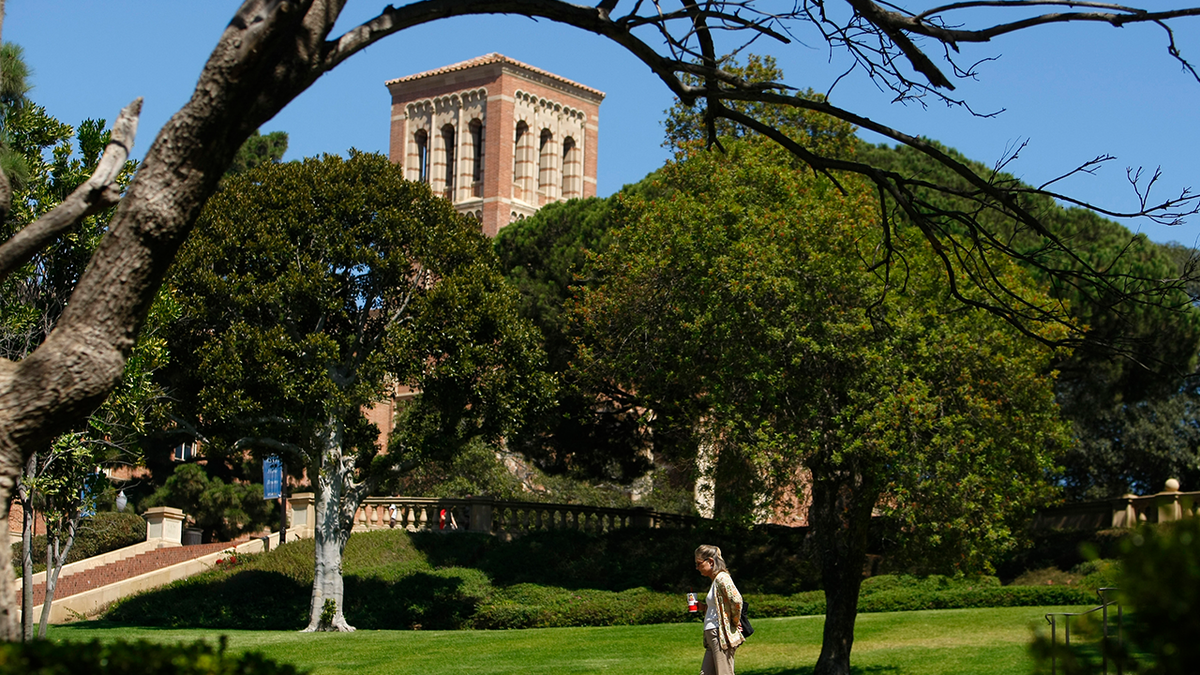The potential Supreme Court ban on affirmative action in university admissions raises questions about its impact on campus diversity. California's experience after banning race-based admissions in 1996 offers a glimpse into the potential consequences.
Despite investing heavily in outreach initiatives, California's top universities have struggled to increase Black and Latino enrollment. Even eliminating standardized tests like the ACT and SAT, a move aimed at addressing the high performance of Asian students, didn't significantly alter the racial composition of the student body.
The University of California (UC) system acknowledged this challenge in a court filing, highlighting the underrepresentation of African American, Native American, and Latinx students, particularly at its most prestigious campuses.
In 2021, a stark disparity existed between the demographics of California's high school seniors and UC's incoming freshmen. While Latinos made up 54% of high school seniors, they represented only 26% of UC freshmen. The gap was even wider at UC Berkeley, where Latinos comprised just 20% of the incoming class. The same year, UC Berkeley enrolled only 228 Black students compared to over 2,800 Asian students out of a total of 6,750.

The UC system currently employs a "holistic" review process, considering 13 factors including GPA, class rank, family background, essays, and extracurricular activities. If affirmative action is banned, some predict other universities will emulate California's approach, potentially developing algorithms to achieve racial balance without explicitly considering race.
Education consultant Arvin Vohra suggests that Asian American students might benefit from such a ban, while Black and Hispanic enrollment could decrease. He anticipates colleges might use zip code data related to crime, demographics, and poverty to identify minority applicants. Eliminating standardized tests could also lead to a rise in applications from Black and Hispanic students, as California experienced an 18% increase after dropping the SAT and ACT.

Supreme Court to release high-profile rulings on affirmative action, student loan debt
Even with affirmative action, leading universities struggle to recruit minority students who can compete with higher-scoring Asian and White applicants. A study by the Education Trust revealed significant underrepresentation of Black and Latino students at many selective public universities.

Historical data from Berkeley and UCLA shows a decline in minority enrollment after Proposition 209 banned affirmative action. Given the existing disparities in standardized test scores among different ethnic groups, the weight of these scores in admissions decisions could increase if affirmative action is banned, unless colleges modify their evaluation criteria.








